It’s February: our annual anthem “I’m Black Ya’ll” is playing non-stop. We’ve pulled out our best coloured hair, dookie braids and locs and we’re celebrating our beautiful melanin for Black History Month.
But this revelry need not end in February. Rather, it should persist throughout the year.
That’s why we’ve profiled five Black queer and trans activists — the folks who too often get left out of our collective celebrations of Blackness. It’s a reminder to celebrate their lives and work not just this February, but every month.
OmiSoore Dryden
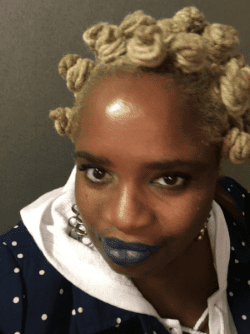
Role: Incoming James Robinson Johnston Chair in Black Canadian Studies at Dalhousie University’s Faculty of Medicine
Pronouns: She/her
City: Toronto, ON
Who is OmiSoore?
“I earned my PhD in social justice education from the Ontario Institute for the Study of Education and the University of Toronto. My dissertation examined how blood donation rules discriminate against queer and trans populations, and particularly examined how Black people are impacted by it.”
What are you most proud of in your activism?
“I am proud of sharing activist practice with my nephew, [by] taking him to protests and community and planning meetings. Together, we share stories and ideas and hopes and dreams.”
What quote do you live by?
“Audre Lorde’s quote, from Sister Outsider: ‘It is axiomatic that if we do not define ourselves for ourselves, we will be defined by others — for their use and to our detriment.’ This quote has guided me through many difficult, traumatizing and dreadful moments. It brings me peace.”
What does Black liberation look like for you?
“It is when we live our full selves in community with one another. It is a vibrant anti-colonial practice that supports us in living (through our contradictions) in the fullness of our freedom. We make community outside of, beyond and against current colonial systems and practices. We practise real restorative justice. We engage in vibrant, outrageous, always consensual sexual freedoms. And we always always stand against injustice — regardless of the uniform it wears, or how comfortable it may feel.”
Nasra Adem
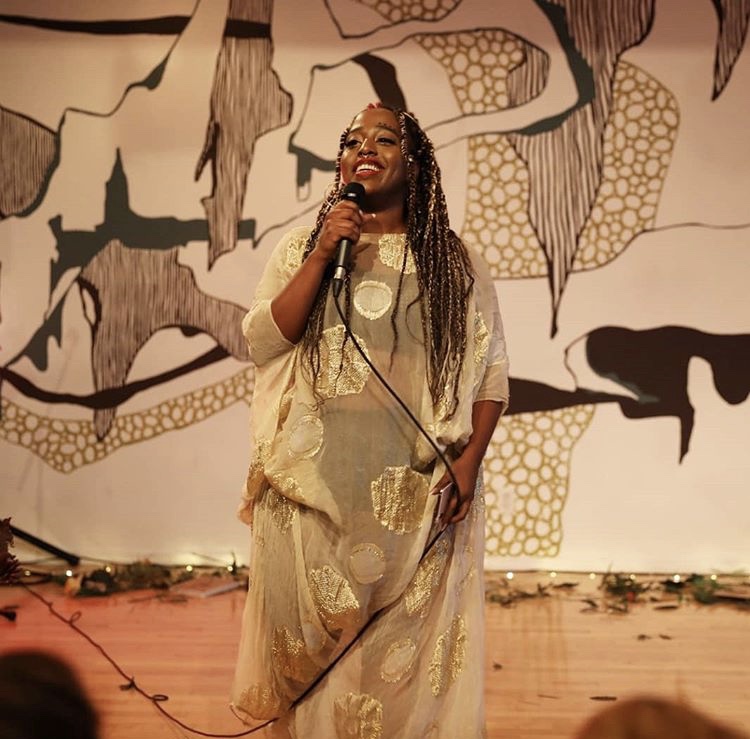
Role: Multidisciplinary artist
Pronouns: They/them
City: Edmonton, AB
What they do
“I curate spaces for creatives living at multiple intersections, with a current focus on queer Black femmes. My main focus for the last three years has been curating Black Arts Matter, the annual Black arts festival that brings local, national and international poets, dancers, musicians, visual artists, academics, healers and other Black creatives together in the spirit of joy and collective healing.
“I founded this festival out of a need for Black-centred creative spaces in Alberta. As an actor, writer and mover, I was often met with the myth that Black artists aren’t here or of a professional calibre. This was especially dismembering because I was saturated in my community’s organic way of relating to art 24/7. I knew we were here, and have been here, to create and cultivate culture the way Black people do wherever we are.”
What are you most proud of in your activism?
“What’s been the most beautiful thing to see is my community — the people I pour my love and time and dedication into — grow into themselves and their unique light. Whether it be youth I work with or big homies, it feels so good to see how my curiosity about human beings and what makes us divine challenges others to see themselves in a more nuanced, compassionate way.
“I love people. I love Black queer people. And we’re made up of so much. I’m proud to know I’m working to be curious about us, listen to us and believe us so the world can learn to do the same.”
What does Black liberation look like to you:
“We must rest and use our creative magic for means other than survival and resistance. I want us to remember how to use our whole lungs and be less reactive and more intentional. I want us to determine the pace and value of our lives and times outside of capitalism. Black liberation looks like wild joy and a reimagining, remembering and reclaiming of the rituals that have always kept us alive.”
Yamikani Msosa

Role: Grassroots feminist organizer, frontline worker, consultant, educator and yoga instructor
Pronouns: She/they
City: Toronto, ON
Who is Yamikani?
“I was born in Lilongwe, Malawi, and was raised in Ottawa. I’m a queer Black femme with invisible disabilities. I’m also a member of Brown Girls Yoga Collective, and in 2017 I founded a SEEDS, a yoga class specifically designed for survivors, victims and those affected by sexual trauma and gender-based violence.”
What does Black liberation look like for you?
“Recently, I held a yoga class for Black survivors and people affected by sexual violence. As someone who has supported survivors for the last 10 years, I know there are very few spaces that they are able to breathe and talk about their experiences. There were tears, laughter and anger — each person was able to freely express themselves without fear of being judged, misunderstood or having to hold back their counsellors’ feelings of fragility around anti-Black racism.
“I tell you, the power of breath is something else: it’s the first thing that we do when we enter this earth and the last thing that we do when we leave this earth. But for Black people it’s one of the most powerful forms of resistance. And yes, some may say that it’s an odd answer, but think about it.
“When folks I work with, family members and friends share experiences about their trauma from anti-Black racism, homophobia, sexism and transphobia, they share how they often hold their breath in shock, fear or anger.
“Breathing deeply allows us to connect with our bodies and nurture our bodies in the most powerful way. It doesn’t take all the shit of the world away — I don’t want to sound naive or like some clueless wellness human — but it’s the fuel we need to get the work of our ancestors done.”
Douglas Stewart

Role: Self-employed organizational development consultant
Pronouns: He/him
City: Toronto, ON
Who is Douglas?
“I have a long history of commitment to youth development, regularly providing training and organizational development to many youth empowerment agencies.”
What are you most proud of in your activism?
“The most meaningful thing I think I’ve done to date is holding space with Black people in their final hours as they transitioned from this life due to complications from AIDS.
“One case in particular that was especially painful was with a brother from St Lucia, the first person in his family to go to university. He was attending school in the US. He came to visit some family in Canada and he got sick. When he tried to go back to the US, they wouldn’t let him cross the border [because] it was so clear he was sick. He came back to Canada and the state attempted to send him back to St Lucia. Even his family was freaked out, trying to distance themselves. There was so much stigma around that time. He was eventually hospitalized and without a home; he was staying in an industrial house before I took him to Casey House where he passed.
“I remember sitting with him, holding his hand and he asked me, ‘Am I going to die?’ I had no idea what to say; I just ended up answering, ‘What do you think?’ He passed a few days later.”
What does Black liberation look like to you?
“Black liberation is, to quote Nina Simone, ‘freedom from fear.’ I think that’s the life we are all dreaming about: our ability to be our truest forms without fear.”
Courtnay McFarlane
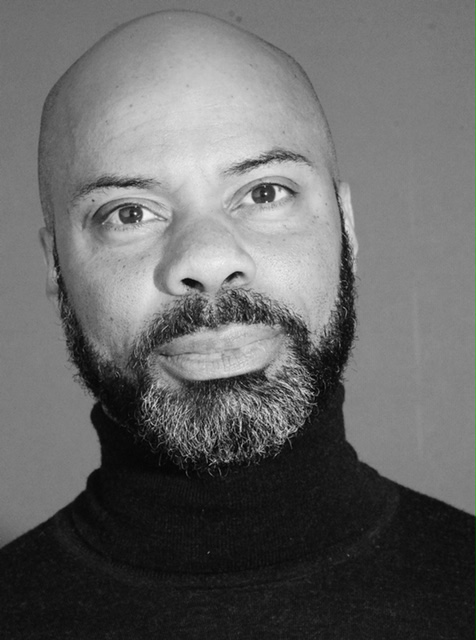
Role: Visual artist, poet and manager of children, youth and adult services at Davenport-Perth Neighbourhood Community Health Centre
Pronouns: He/him
City: Toronto, ON
Who is Courtnay?
“I have been working in the community health sector for many decades addressing the social determinants of health within marginalized communities. I am passionate about addressing the barriers marginalized people face when they are attempting to access health services.
“I am also currently curating an exhibit at Toronto’s BAND Gallery called Legacies in Motion: Black Queer Toronto Archive Project as part of the Myseum Intersections festival 2019. Legacies in Motion seeks to unearth the stories of the vibrant period of political organizing and cultural activism from Black LGBTQ2 communities in Toronto in the 1980s and 1990s.”
What are you most proud of in your activism?
“I was most proud of the roles I played as a founding member of a number of Black queer groups and organizations in the early ’80s and ’90s — such as Zami, Sepia, AYA Men — that provided voice and visibility for Black LGBTQ2 individuals and issues. During those years, we were actively engaged in challenging oppression and discrimination through political activism, as well as the creation of spaces of resistance, affirmation and creative expression. This activism in many ways laid the foundation for events, organizations and movements addressing Black LGBTQ2 communities today.”
What does Black liberation look like to you?
“To paraphrase Nina Simone speaking about freedom, I would say Black Liberation is ‘no fear.’ Black Liberation is the absence of fear and the ability to fully be all of who we are wherever we are.”
Interviews have been edited and condensed for clarity.
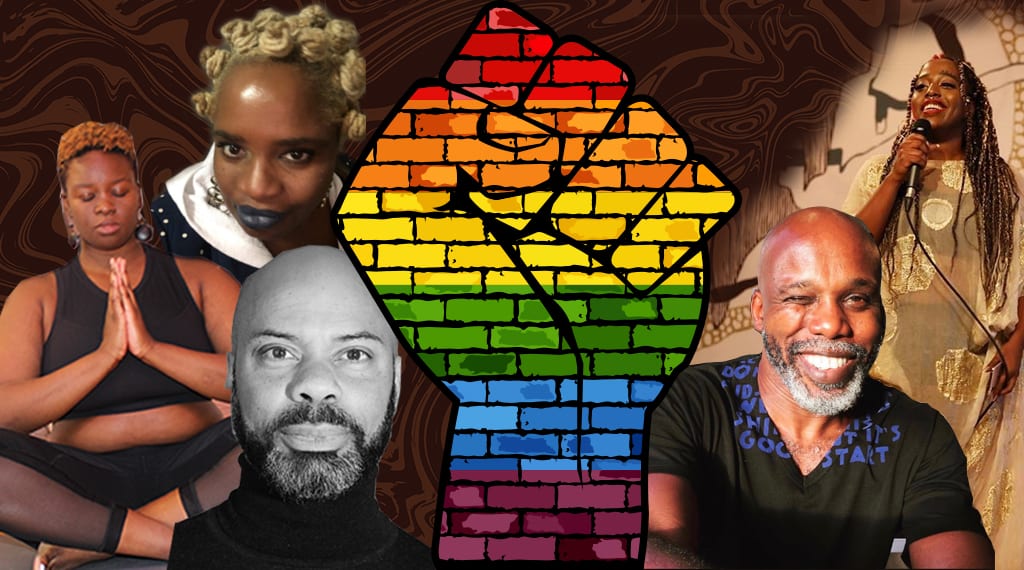
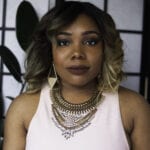
 Why you can trust Xtra
Why you can trust Xtra


